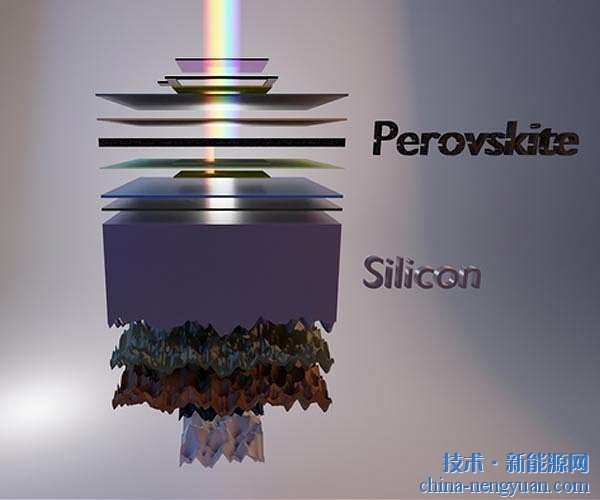China University of Science and Technology proposes a new strategy for the preparation of graphene-based superlattice materials
 |
Growth and synthesis of graphene-based superlattices in space-limited growth and its magnetocaloric effect
Recently, Professor Xie Yi from the University of Science and Technology of China has made significant progress in the development of graphene-based superlattice materials. By employing a space-limited growth approach, his team successfully synthesized vanadium-oxygen framework-graphene superlattices in solution, achieving a notable enhancement in the magnetocaloric effect. The findings were recently published in *Nature Communications*.
Superlattice materials have gained considerable attention in recent years due to their unique physical properties, which arise from their special interface electronic structures. However, traditional methods for producing these materials, such as pulsed laser deposition or molecular beam epitaxy, are expensive and often require complex transfer processes from the growth substrate to the final application platform.
Meanwhile, graphene has shown remarkable bipolar electronic properties. When combined with other materials, it can act as either an electron donor or acceptor, making it a powerful tool for tuning the electrical characteristics of composites. This makes graphene-based superlattices promising candidates for creating novel materials that do not exist in conventional systems.
To address these challenges, the research group introduced a novel method using a space-limited growth strategy. They successfully created a perfectly stacked structure of monolayer graphene, vanadium oxide, and graphene again. This new approach overcomes the limitations of traditional techniques and allows for more controlled and efficient material synthesis.
In this graphene-based superlattice, graphene serves a dual role: it acts as a confined reactor that enables two-dimensional growth of the vanadium-oxygen layer along its surface, and also functions as an electron donor, promoting structural reorganization of the vanadium-oxygen layer. This reduces the energy required for forming the symmetric vanadium-oxygen skeleton.
The team collaborated with Professor Wei Shiqiang from the National Synchrotron Radiation Laboratory to use synchrotron X-ray absorption fine structure (XAFS) to analyze the superlattice's detailed structure. The results revealed that the symmetry of the vanadium-oxygen layer in the superlattice is significantly higher than that of VO2(B) formed in free space. This led to a first-order reversible phase transition, resulting in a noticeable magnetocaloric effect.
This phase transition is similar to the symmetry change seen in the VO2(M)-VO2(R) transition. Due to the two-dimensional monodomain structure and the stress induced by the graphene layer, the magnetic entropy change during this transition is much greater than that observed in the standard VO2(M)-VO2(R) phase transition.
Importantly, this flexible superlattice nanosheet was produced using a low-cost solution-based method, eliminating the need for complicated transfer steps typically required in conventional superlattice fabrication. This makes it highly suitable for integration into various functional devices and could significantly accelerate the practical application of superlattice materials in the future.
2 Flutes Spot Drill for Aluminum,HRC58 Spot Drill for Aluminum,Tungsten Carbide Spot Drill for Aluminum
Suzhou Meiwei Cutting Tools LTD , https://www.meiweitools.com